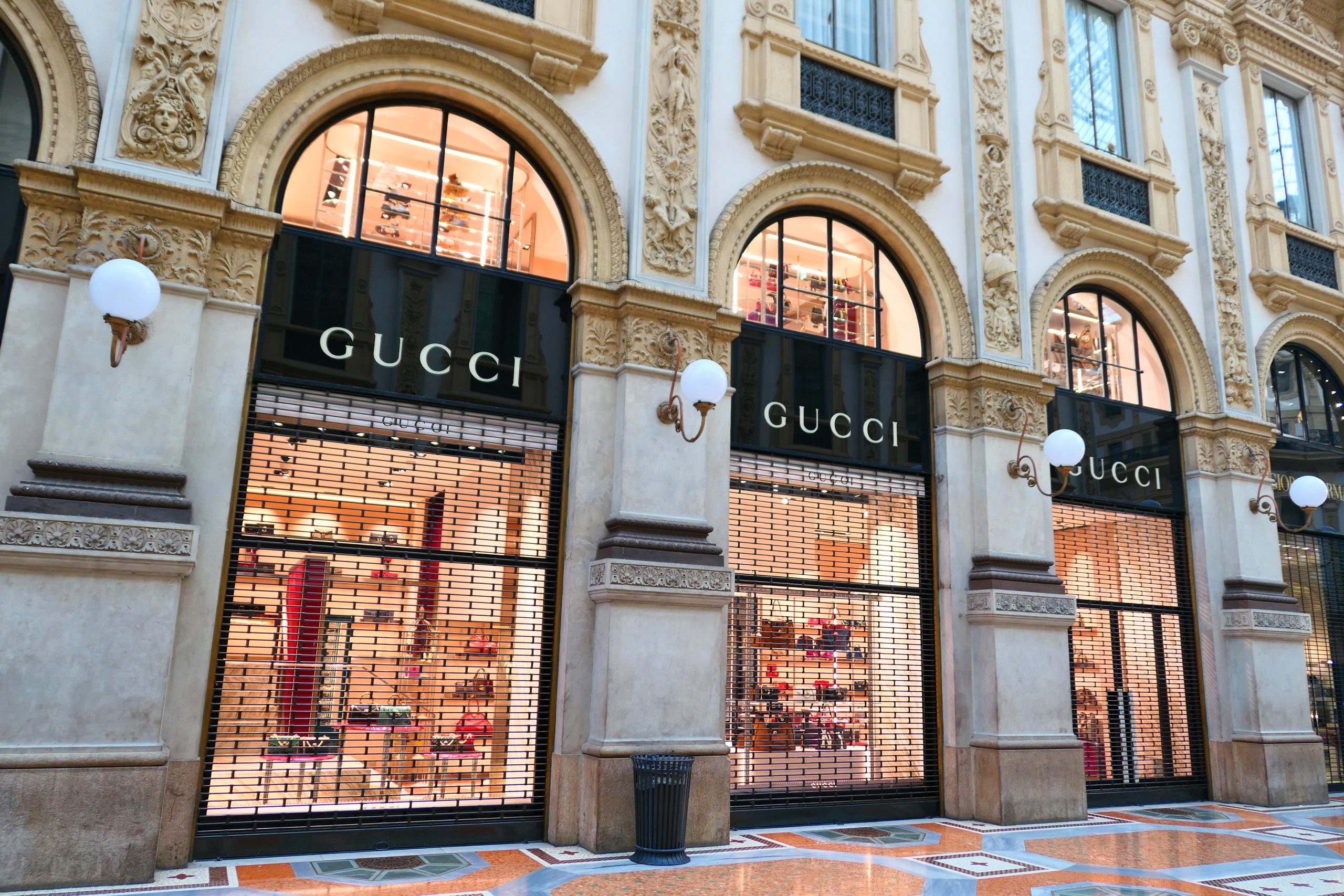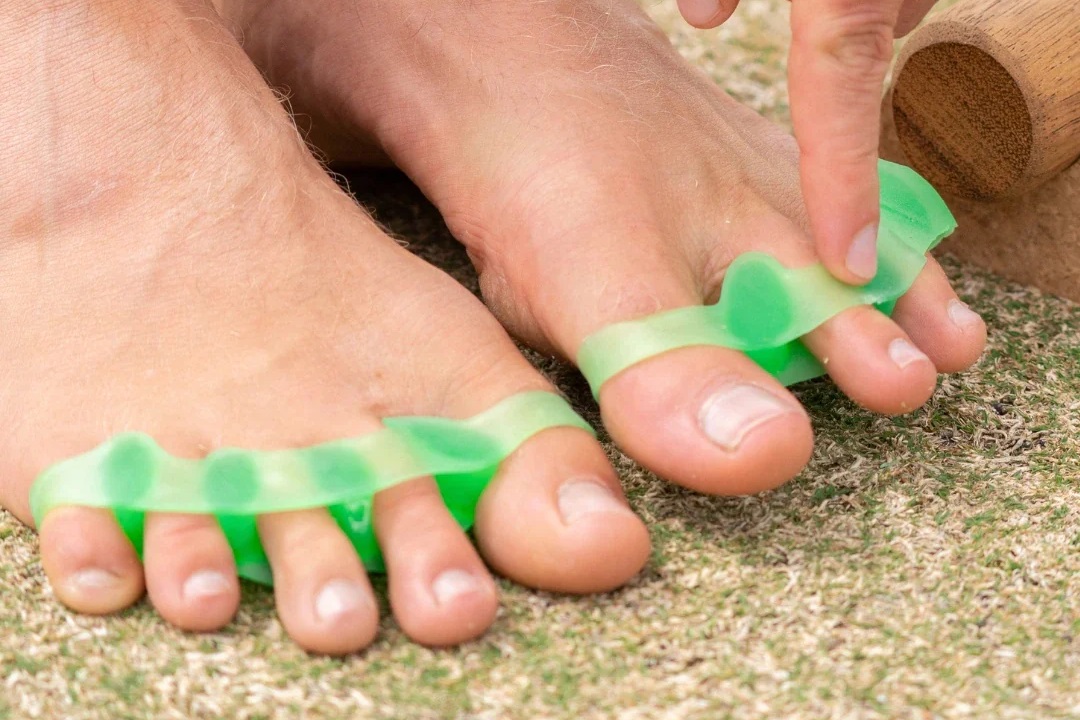
Image source: Macys.com
Plans to cut full-year forecast and increase promotions underway to get rid of excess spring stock
After being backlogged for over a year now, retail outlets such as Macy’s are finally starting to get through the vast quantities of excess stock at their disposal. With that being said, they are now facing a new problem in the form of decreased demand from customers.
On Thursday, Macy’s reduced its sales and profit outlook for the year, due to growing concerns about economic stability and customer spending. As far back as March, sales figures began to drop and as a result, Macy’s is now ramping up its promotions in the hope of clearing spring merchandise and getting its inventory plans back on track for the year.
Demand has increased somewhat due to the summer season fast approaching, and this recent upturn has benefited retailers such as Macy’s in unloading a significant percentage of its leftover spring merchandise. The company’s affiliates Bloomingdale’s and Bluemercury reported the most pronounced improvements in sales. Both stores cater mostly to a higher-income clientele compared to Macy’s customers. According to the statistics, over 50% of Macy’s shoppers have annual incomes of around $75,000 or less. Due to the current economic climate, these households are continuing to feel the financial strain and this has been reflected in the customer spending figures. Even though net sales figures for Q1 of this year reached almost $5 billion, it is still roughly 7% less than the year before. Over Net income fell by more than 45% to $155 million, and is now at around 55 cents per share.
A year ago, daily necessity retailers such as Walmart and BJ’s Wholesale Club reported a year of strong financial gains, while those in the footwear and apparel industries revealed a trend of declining profits and overall slower growth.
Even Discount stores like Dollar General have been forced to lower their annual financial targets and specified the current economic situation as the major impactor on current customer spending.
Both inflation and interest rates are expected to continue and further pressure customer spending throughout the rest of the year. Retailers have largely worked through these setbacks and are hoping that spending increases once more now that the pandemic protocols have loosened and supply chains are back to normal. In most cases though, sales continue to decline as inventory piles up. For example, Nordstrom’s sales for Q1 2023 fell by over 11%, and at Michael Kors’s parent Capri Holdings’ sales also declined by more than 10% compared to the year before.
There are some positive signs emerging throughout the retail sector though. Both malls and shopping centers have reported an increase in both leasing activity and store rentals. This indicates there is still a demand and potential for physical retail stores to flourish in certain prime locations.
Despite the economic struggles of many retailers, luxury brands selling expensive jewelry and handbags are continuing to enjoy an impressive level of success and profit in both North America and Europe. Sales of items for outdoor-based activities are also performing well compared to many other industries. Urban Outfitters reported strong sales for the company this past quarter, especially regarding its ‘dressed-up’ category, including the likes of pants, dresses, and shoes.
Meanwhile, back at Macy’s, some of the best-selling in-store items were perfumes, women’s sportswear, tailored men’s wear, and items on discount being sold through its Backstage banner.

Image source: Macys.com
Plans to cut full-year forecast and increase promotions underway to get rid of excess spring stock
After being backlogged for over a year now, retail outlets such as Macy’s are finally starting to get through the vast quantities of excess stock at their disposal. With that being said, they are now facing a new problem in the form of decreased demand from customers.
On Thursday, Macy’s reduced its sales and profit outlook for the year, due to growing concerns about economic stability and customer spending. As far back as March, sales figures began to drop and as a result, Macy’s is now ramping up its promotions in the hope of clearing spring merchandise and getting its inventory plans back on track for the year.
Demand has increased somewhat due to the summer season fast approaching, and this recent upturn has benefited retailers such as Macy’s in unloading a significant percentage of its leftover spring merchandise. The company’s affiliates Bloomingdale’s and Bluemercury reported the most pronounced improvements in sales. Both stores cater mostly to a higher-income clientele compared to Macy’s customers. According to the statistics, over 50% of Macy’s shoppers have annual incomes of around $75,000 or less. Due to the current economic climate, these households are continuing to feel the financial strain and this has been reflected in the customer spending figures. Even though net sales figures for Q1 of this year reached almost $5 billion, it is still roughly 7% less than the year before. Over Net income fell by more than 45% to $155 million, and is now at around 55 cents per share.
A year ago, daily necessity retailers such as Walmart and BJ’s Wholesale Club reported a year of strong financial gains, while those in the footwear and apparel industries revealed a trend of declining profits and overall slower growth.
Even Discount stores like Dollar General have been forced to lower their annual financial targets and specified the current economic situation as the major impactor on current customer spending.
Both inflation and interest rates are expected to continue and further pressure customer spending throughout the rest of the year. Retailers have largely worked through these setbacks and are hoping that spending increases once more now that the pandemic protocols have loosened and supply chains are back to normal. In most cases though, sales continue to decline as inventory piles up. For example, Nordstrom’s sales for Q1 2023 fell by over 11%, and at Michael Kors’s parent Capri Holdings’ sales also declined by more than 10% compared to the year before.
There are some positive signs emerging throughout the retail sector though. Both malls and shopping centers have reported an increase in both leasing activity and store rentals. This indicates there is still a demand and potential for physical retail stores to flourish in certain prime locations.
Despite the economic struggles of many retailers, luxury brands selling expensive jewelry and handbags are continuing to enjoy an impressive level of success and profit in both North America and Europe. Sales of items for outdoor-based activities are also performing well compared to many other industries. Urban Outfitters reported strong sales for the company this past quarter, especially regarding its ‘dressed-up’ category, including the likes of pants, dresses, and shoes.
Meanwhile, back at Macy’s, some of the best-selling in-store items were perfumes, women’s sportswear, tailored men’s wear, and items on discount being sold through its Backstage banner.



